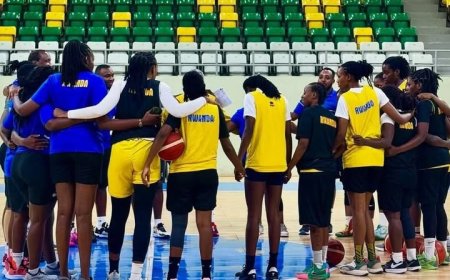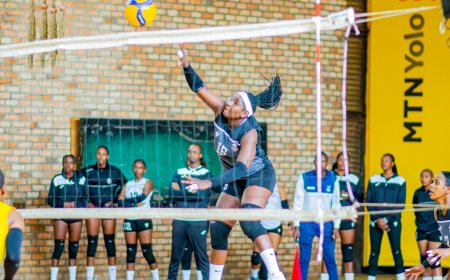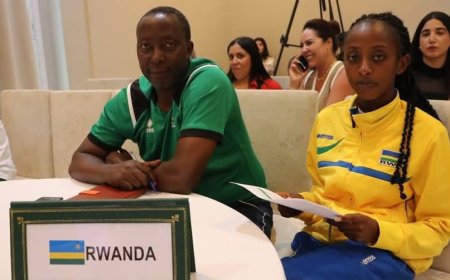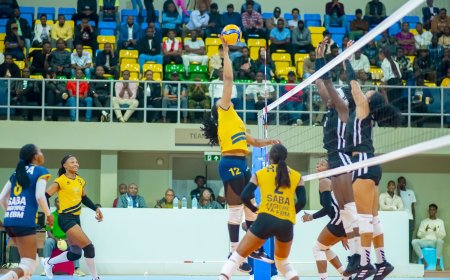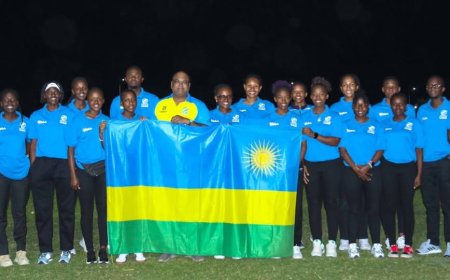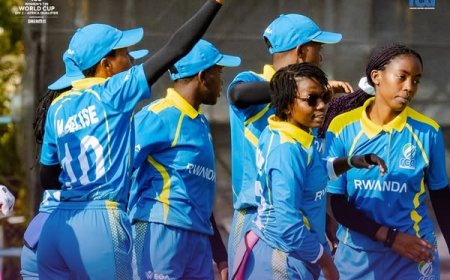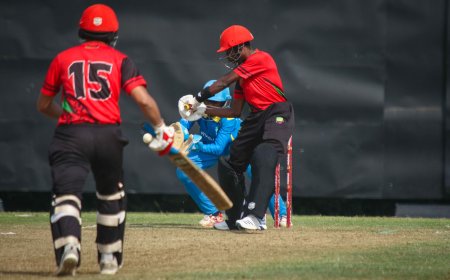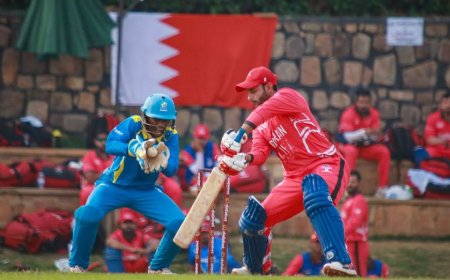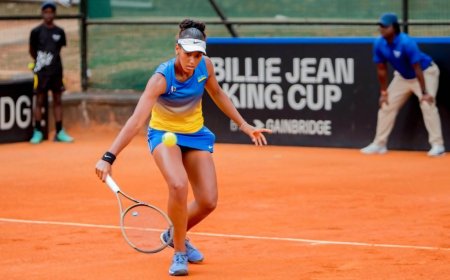Isak, Gyökeres and Ekitiké herald a new age of the center-forward

After years spent in striker-less formations, the Premier League’s top teams are seemingly all set to rely on a big body (or two) up top.
It’s only been a decade since it seemed the center-forward was being refined out of existence.
Spain had won Euro 2012 with Cesc Fàbregas as a false nine, and Germany, who largely took Spain as a model, were less than convinced they needed one at the 2014 World Cup.
They fielded Thomas Müller as a false-ish nine until the quarter-final, when Jögi Löw finally went back to basics and turned to Miroslav Klose.
That he was 36 only seemed to confirm that the old-fashioned No 9 was an old-fashioned phenomenon – a dying breed.
Yet this summer, the main interest in the transfer market has been the carousel of strikers.
Of course, strikers never entirely disappeared. The four leading scorers in the Premier League in 2014–15 were Sergio Agüero, Harry Kane, Diego Costa and Charlie Austin.
Mauri Icardi and Luca Toni topped the charts in Italy, while Cristiano Ronaldo, his conversion to A No 9 complete, was top scorer in Spain [although that he was followed by Lionel Messi, Antoine Griezmann, and Neymar suggested a greater variety of goalscorer there].
The feeling, though, was that the cleverest football – the most advanced football – involved a central forward who was there at least as much for his movement and ability to link play as for his finishing.
The phenomenon of goalscoring wide players – such as Messi at Barcelona, Arjen Robben at Bayern or Eden Hazard at Chelsea, a mantle which has been taken up today by Mohamed Salah, Kylian Mbappé and Raphinha – meant goals came from a greater array of sources.
But while the goalscoring wide forward remains, there has been a return to top-level acceptance for the central striker.
Pep Guardiola, the coach who seemed most sceptical of traditional No 9s – never even really seeming entirely convinced by Agüero – perhaps began it when Manchester City signed Erling Haaland.
The big Norwegian has caused City to make a significant adjustment to their style.
He does not join in play in the way every other Guardiola player does.
He does not drop into midfield or pull wide – a creative tension that brought a treble in his first season at the club, but which was perhaps a factor in City’s disappointment last season.
At the same time, the most common criticism of Arsenal was that they lacked a center-forward.
They needed to play well to win, because they didn’t have a player who could pounce on a half chance to steal a victory from a tight game, or at times even convert their good play into goals.
Alexander Isak would have seemed a very natural fit for them, but a fee of £120m/$140m or more was never within range, and so they have ended up with Viktor Gyökeres.
It’s a calculated risk given he is 27 and has only really been prolific in the last four seasons – two in the Championship with Coventry and two in Portugal with Sporting – but so long as concerns that he takes too long to get his shot away in crowded situations prove unfounded, he would seem to answer a specific need, even if there are times when Kai Havertz is preferred in that central role.
It’s Isak, though, who stands at the center of the great striker shuffle.
He is tall and quick, his movement intelligent, and he has proved over the past two seasons a consistent Premier League scorer.
It’s understandable why Newcastle are so desperate to keep him, but understandable too that he feels undervalued on £120,000 a week/£6.2m [$8.4m] a year.
He has three years left on his contract, so beyond the fear that he could sulk, there is little reason for Newcastle to let him go.
They can insist on a fee of £140m or more – certainly enough to buy a high-class replacement, possibly Benjamin Šeško from RB Leipzig.
Which is what makes it odd that Isak made his availability public only after Liverpool had signed Hugo Ekitiké, who has a similar profile to Isak but, at 23, is far less developed.
Chelsea might also have been interested in Isak had they not already bought two center-forwards in João Pedro and Liam Delap.
Perhaps, by selling one or both of Darwin Núñez and Luis Díaz, Liverpool could afford him.
To sign a second central forward would be a remarkable step for a club where for several years one of the main roles of the center-forward has been to clear the way for Salah.
That perhaps suggests change is coming – Liverpool beginning to prepare for life without Salah, who is, after all, 33.
But Isak is not an old-school striker. Alan Shearer was perhaps the last of his line, at least at elite level in England.
From Marco van Basten onwards, through Andriy Shevchenko and Thierry Henry, forwards have become much more complete figures, combining elements of the target-man, the channel-runner and the poacher.
Isak and João Pedro have the full range of skills; Ekitiké and Šeško are developing them.
Central forwards, with a wider range of attributes than their predecessors, are suddenly fashionable again as football moves into a new age of the striker.
What's Your Reaction?
 Like
0
Like
0
 Dislike
0
Dislike
0
 Love
0
Love
0
 Funny
0
Funny
0
 Angry
0
Angry
0
 Sad
0
Sad
0
 Wow
0
Wow
0












































